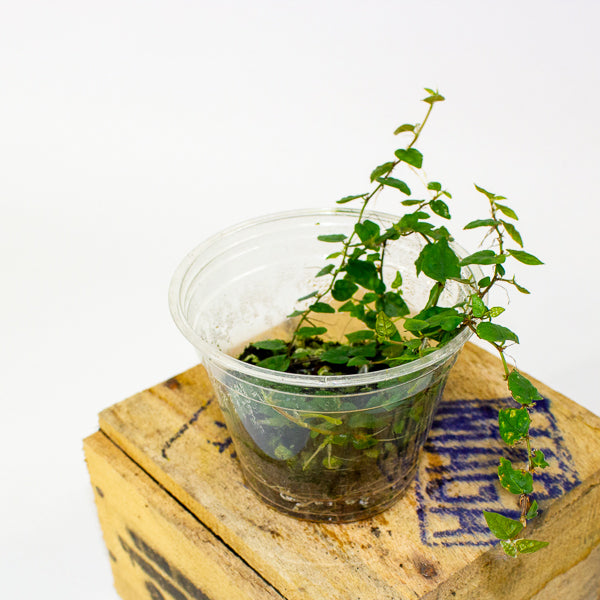1
/
of
6
Emm's Plant House
Philodendron mini santiago
Philodendron mini santiago
Regular price
£20.00 GBP
Regular price
Sale price
£20.00 GBP
Unit price
/
per
Taxes included.
Couldn't load pickup availability
Philodendron ‘Mini Santiago’ is a compact hybrid Philodendron admired for its sculptural, deeply lobed leaves and lush green foliage. It’s an easy-care tropical plant ideal for shelves, desktops, or plant cabinets, offering the bold form of larger Philodendrons in a manageable size for smaller spaces.
- Full Botanical Name: Philodendron ‘Mini Santiago’
- Common Names: Mini Santiago Philodendron, Dwarf Split Philodendron
- Country and/or Region of Origin: Hybrid cultivar derived from tropical South American species
- Growing Conditions in Native Habitat: Parent species grow in the shaded understory of tropical rainforests, climbing trees and absorbing moisture from humid air
Care Guide
Care Guide
Share












